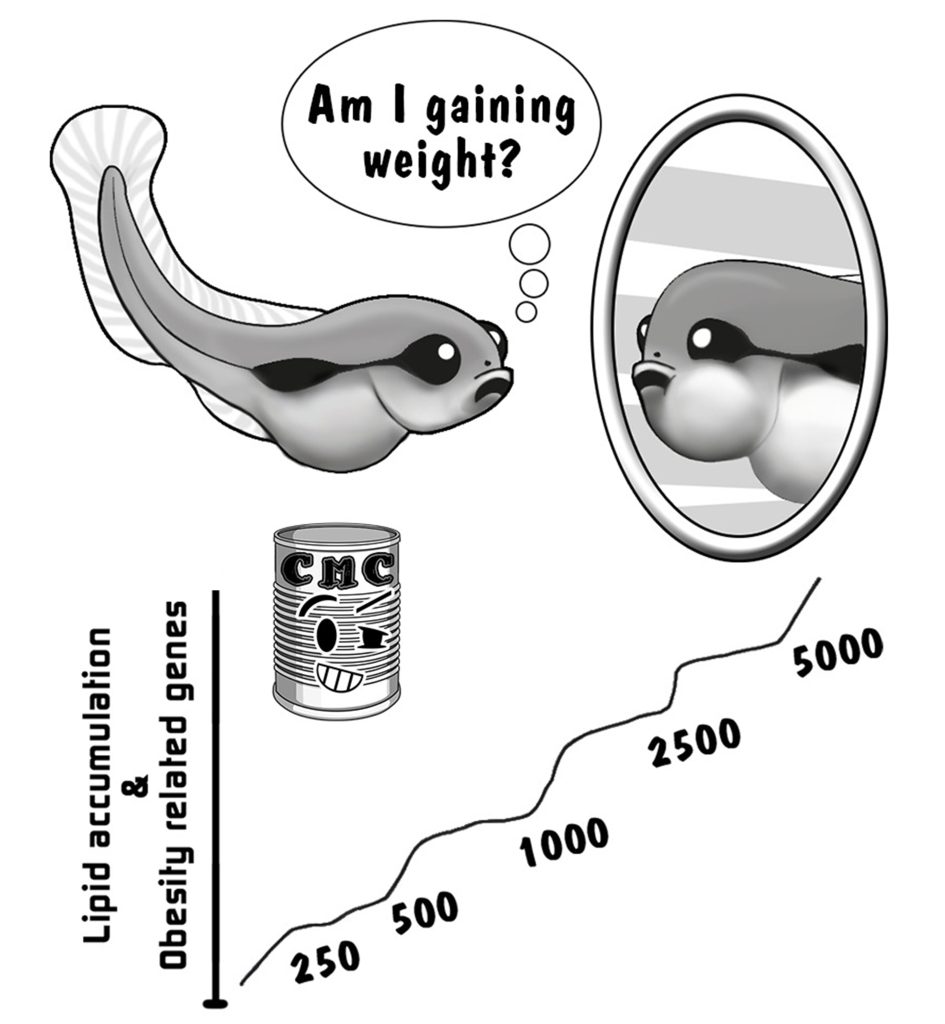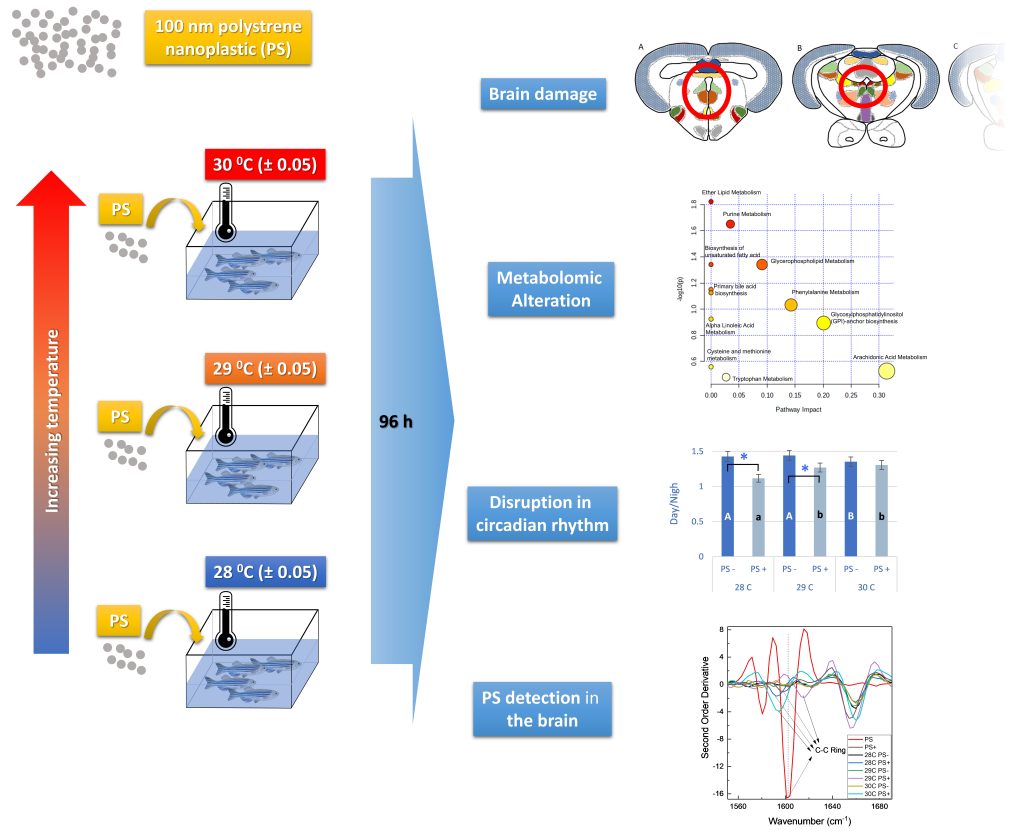Selected Publications
We have published many articles on world’s leading scientific journals in years and sometimes it could be confusing which one is more shiny then here you go: three of them what we like most:

AGENT E499 IS UNDER INVESTIGATION
25,000 food additives.. it is estimated number for pre-determinent target of consumer’s acceptable daily in takes (ADI). Maybe not all of world but most of country tracks those food additives with special laws. One of them is FDA -which is well known rather than others- shows a remarkable point in their database: a lot of food additives approved with 70-80’s safety tests (in vivo/vitro experiments).
In this work we are aiming one of those food additive which is added to foodstuff as a stabilizer, emulsifier, thickener, humectant, anticaking, foaming, bulking, gelling and glazing agent, the CMC aka. sodium carboxymethyl cellulose while increasing it’s popularity in academia thanks to its feature of both cellulose source and polyelectrolyte character.
Published on: International Journal of Biological Macromolecules
TEMPERATURE İNCREASES OF 1° causes the severity of PS-induced damage to the brain
Global warming and plastic pollution are among the most important environmental problems today. Unfortunately, our world is warming more than expected and biological life, especially in the oceans, has come to the limit of the struggle for survival with the nano-scale plastic pollution that is constantly released from the main material.
In this study, the synergic effect of one-degree temperature increase (28, 29, 30 °C) and 100 nm size polystyrene plastic nanoparticles on circadian rhythm, brain damage and metabolomics in zebrafish were investigated in an environment where temperature control with 0.05-degree precision is provided.
Published on: Science of The Total Environment


THE NEGATİVE EFFECTS OF NANOPLASTİCS CAN BE SEEN EVEN in the next generations.
With the ever-increasing plastic pollution, the nano-sized plastic particles that are constantly released from the main materials have a greater potential threat. Studies continue on how to eliminate plastic waste, which has become a global problem, from nature.Results showed that parental PNP exposure caused significant malformations, decreased survival rate, increased heart rate and blood flow rate, as well as decreased eye size, height and locomotor activity, which were attributed to growth retardation in the offspring. In order to elucidate the mechanisms underlying these morphological, physiological and molecular damages, the metabolome analyses were performed by evaluating the Q-TOF MS/MS spectra with chemometric analyses in the offspring larvae. According to the metabolomics results, 28 annotated metabolomes suggested by the OPLS-DA analysis that may vary significantly through a variable in projection scores were detected.
Published on: Science of The Total Environment
.
Most Cited Paper
Nano-sized plastic particles formed from both daily use plastics and its debris have become a potential health and environmental problem due to features such as transportation through food webs and maternal transfer. Although many studies on the toxicity of plastics exist more detailed and molecular studies are needed to evaluate and review the effects of plastics especially in nano-size range. For this purpose, we have microinjected polystyrene nanoplastics (PNP) (20 nm) to the zebrafish embryo, which is one of the best model organisms for developmental toxicity studies, to simulate intake with food or maternal. Survival, hatching and malformations evaluated during the experimental period (120 h). Moreover, we have aimed to put forth the presence of reactive oxygen species (ROS) and apoptosis signalling accumulation in the body in addition to bioaccumulation of PNP and immunochemical toxicity (8-OHdG) on the brain of zebrafish larvae at the 120th hour. According to results, it has been demonstrated that 20 nm diameter PNP can reach the brain and bioaccumulate there, moreover lead to oxidative DNA damage in the brain regions where it bioaccumulates. Here we have also imaged the PNP from a vertebrate brain via transmission electron microscopy (TEM) for the first time. As a result of these, it has been detected increasing mortality and prevailing abnormalities in addition to excessive ROS and apoptosis in especially the brain. As a conclusion, obtained data have suggested that precautions, on the use and contamination of the plastic product, to be taken during both pregnancy and baby care/feeding are important for the health of the baby in future.
Latest Articles
- Co-exposure effect of different colour of LED lights and increasing temperature on zebrafish larvae...
- Global warming and nanoplastic toxicity; small temperature increases can make gill and liver toxicity...
- The anxiolytic and circadian regulatory effect of agarwood water extract and its effects...
- Global warming and glyphosate toxicity (I): Adult zebrafish modelling with behavioural...
- Is sodium carboxymethyl cellulose (CMC) really completely innocent? It may be triggering obesity
- Effects of the food colorant carmoisine on zebrafish embryos at a wide range of concentrations

